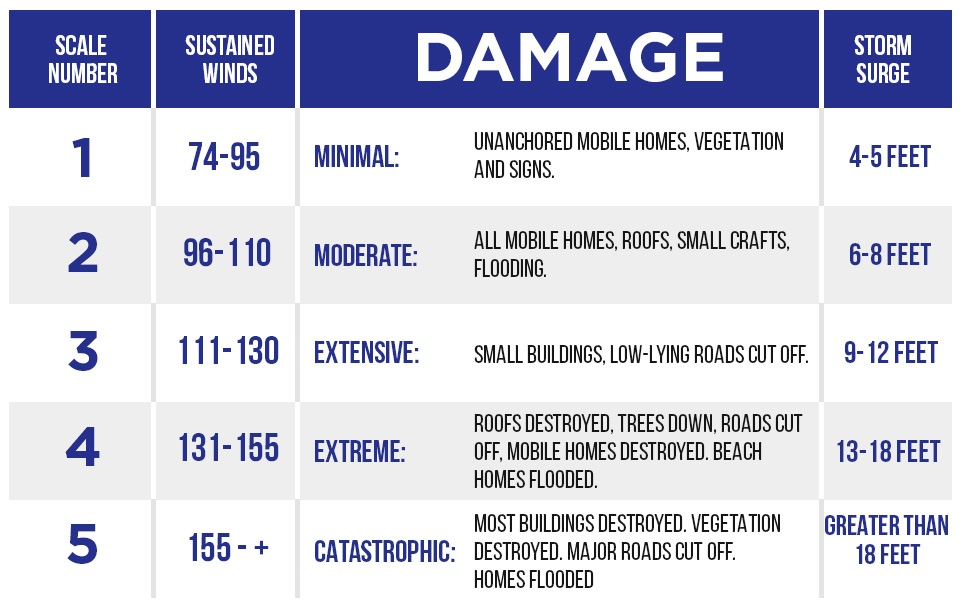Upgrading for Accessibility: Elevator Modernization and ADA Compliance

Ensuring accessibility is a fundamental aspect of creating an inclusive environment for everyone. Elevators play a pivotal role in facilitating mobility, particularly for individuals with disabilities. In the United States, the Americans with Disabilities Act (ADA) was enacted to eliminate barriers and promote equal opportunities for people with disabilities. Elevator modernization is a crucial component of achieving ADA compliance, as it not only enhances safety and efficiency but also aligns with the principles of universal design.
Understanding ADA and Its Impact
The Americans with Disabilities Act, signed into law in 1990, prohibits discrimination against individuals with disabilities in various aspects of public life. Title III of the ADA specifically addresses public accommodations and services, emphasizing the importance of making buildings accessible to all. Elevators are a key focus, as they are essential for ensuring that individuals with disabilities can navigate multi-story buildings independently.
The ADA outlines specific requirements for elevator accessibility, including dimensions, control mechanisms, and other design considerations. While existing buildings may not have been initially designed with ADA standards in mind, modernization becomes a critical step to bring these structures into compliance and provide equitable access.
Elevator Modernization: A Necessity for Safety and Efficiency
Elevator systems, like any other technology, undergo wear and tear over time. Outdated elevators may pose safety risks and operational inefficiencies. Modernizing elevators not only addresses these concerns but also presents an opportunity to enhance accessibility features in line with ADA standards.
1. Improved Safety Features
Elevator accidents can result from outdated technology, worn-out components, or inadequate safety measures. Modernization allows for the integration of state-of-the-art safety features, such as emergency braking systems, redundant controls, and advanced sensors. These enhancements not only comply with ADA requirements but also prioritize the well-being of all users.
2. Enhanced Efficiency
Older elevators may suffer from slow operation, frequent breakdowns, and increased energy consumption. Upgrading to modern elevator systems ensures faster and more reliable service. This efficiency not only benefits the general public but is especially crucial for individuals with disabilities who may rely on elevators for timely and smooth transportation within buildings.
Key ADA Compliance Considerations
To achieve ADA compliance through elevator modernization, several key considerations must be addressed:
1. Dimensions and Clearances
ADA regulations specify the minimum dimensions and clearances required for accessible elevators. Modernization projects must ensure that the elevator car, buttons, and controls meet these standards. This includes adequate space for mobility devices, such as wheelchairs, and clear visual and auditory indicators.
2. Control Mechanisms
Accessible elevator controls must be within reach of individuals with disabilities. Modernization efforts should focus on installing controls at an appropriate height and ensuring tactile and audible feedback for individuals with visual or hearing impairments.
3. Communication Features
ADA compliance necessitates effective communication within elevators. Modernized elevators should include visual and audible signals to announce floor numbers, directions, and emergency information. Braille signage is also required for individuals with visual impairments.
4. Door Operation
Elevator doors must remain open for a sufficient duration to accommodate individuals with disabilities. Modernization projects should address door opening and closing times to ensure safe and convenient entry and exit.
5. Emergency Evacuation
ADA regulations mandate emergency evacuation procedures for individuals with disabilities. Modernized elevators should integrate features such as evacuation chairs or communication systems to assist those who may need additional support during emergencies.
Challenges and Opportunities in Elevator Modernization
While elevator modernization is crucial for achieving ADA compliance, there are challenges that property owners and managers may face. Financial constraints, logistical issues, and the need for temporary service interruptions during upgrades can present hurdles. However, viewing modernization as an investment in accessibility and inclusivity can turn these challenges into opportunities.
1. Financial Investment:
Elevator modernization may require a significant upfront investment. However, considering the long-term benefits, including increased property value, improved safety, and compliance with legal requirements, the financial commitment becomes a strategic investment in the overall accessibility and usability of the facility.
2. Public Image and Reputation:
An ADA-compliant facility demonstrates a commitment to inclusivity and accessibility. Elevator modernization not only fulfills legal obligations but also contributes to a positive public image. This commitment can attract a broader range of tenants, customers, and visitors, ultimately enhancing the reputation of the property.
3. Leveraging Technology:
Advancements in technology present opportunities for innovative solutions in elevator modernization. Smart elevators, equipped with features like touchless controls, predictive maintenance, and real-time monitoring, not only enhance accessibility but also contribute to a more connected and efficient building environment.
Elevator modernization is a pivotal step in creating an inclusive and accessible built environment. Achieving ADA compliance through modernization not only meets legal requirements but also contributes to the well-being and independence of individuals with disabilities. Property owners, managers, and stakeholders should view modernization as a strategic investment in safety, efficiency, and the overall accessibility of their facilities.
As we navigate the path toward a more inclusive and accessible future, General Elevators emerges as a beacon of excellence in elevator modernization. With a commitment to safety, efficiency, and ADA compliance, General Elevators stands at the forefront of transforming buildings into spaces that welcome everyone. The brand’s comprehensive approach to elevator modernization ensures that your facility not only complies with ADA requirements but also embraces innovation for a seamless user experience.
For those seeking commercial elevator maintenance in Cape Coral, FL, General Elevators takes pride in offering tailored solutions that address the unique needs of each client. The company’s expertise extends beyond mere compliance, with a focus on leveraging cutting-edge technology to enhance the overall performance and reliability of elevator systems.





